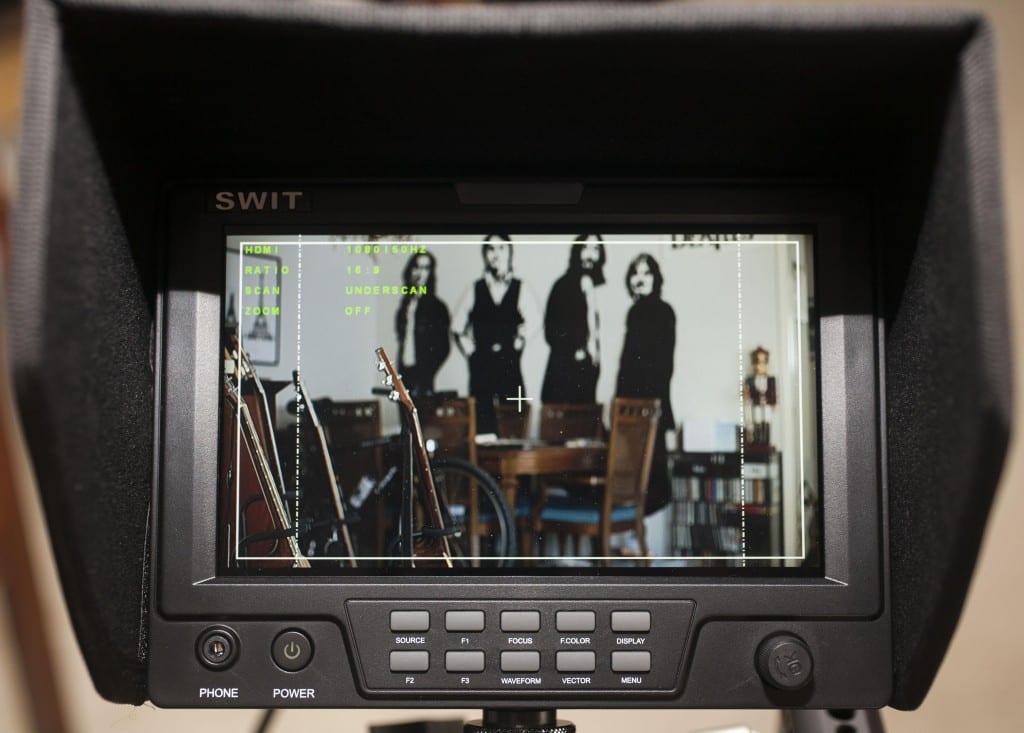In this masterclass, Jack Shelbourne showed us some of the equipment that the media students are able to book out, spoke about the role of a boom op/sound recordist on location, and also told us a little about his working relationship with sound recordists. He has worked extensively with Paul Fairey, a freelance sound recordist that Jack praises for his work ethic and professionalism on location. When on set, Jack and Paul work exceptionally well together, as Jack understands the importance sound has in film. The rivalry that can occur between visual and audio teams only hinders progress; we should instead aim to befriend camera operators and aim to work closely with them. If a shot doesn’t work because of boom shadow, and other ways of recording the scene would provide inferior audio, would it not be better to change the shot slightly to accommodate the sound recordists wishes? I fully support this idea, and the us-versus-them mentality is a useless, unhelpful thing that should no longer be a part of filmmaking.
Jack talked a bit about lenses, and why we need to at least know the basics about them. In layman’s terms, the lower the number, the wider the shot will be. This information is extremely useful to a boom operator, as they will be able to tell how close they will be able to get with their boom. In order to stay on top of things, sound team members must maintain conversation with the cameraman, or more likely the 1st Assistant Director to find out what the next shot will be. This will give you ample time to set up, so you aren’t rushed or unprepared when the shot is ready.
Amongst other things he mentioned attempting on-site ADR if we have the time and some sound-proofing available (Paul has used duvets in the past), and also mentioned the uses of flags. These are normally used to block light in a scene, but can also be used to block boom shadows if needed. We were also shown the new Panasonic camera that students are able to book out, and drew attention to the white frame line on-screen, that we can use to as a sort of buffer zone for our boom. If it dips into view, but is still above the frame line, then it hasn’t dipped into shot.
Finally he did a quick set up of basic three point lighting, which consists of a key, back and fill light, and is the standard way of lighting a scene. Because of the problems we can have with booms casting shadows, it is a good idea for us to know the basics of lighting for films.
I’m very glad I attended this masterclass, and while I already knew some of what Jack spoke about, a lot of it was new and useful information that will come in handy in the next semester and also after I graduate.

